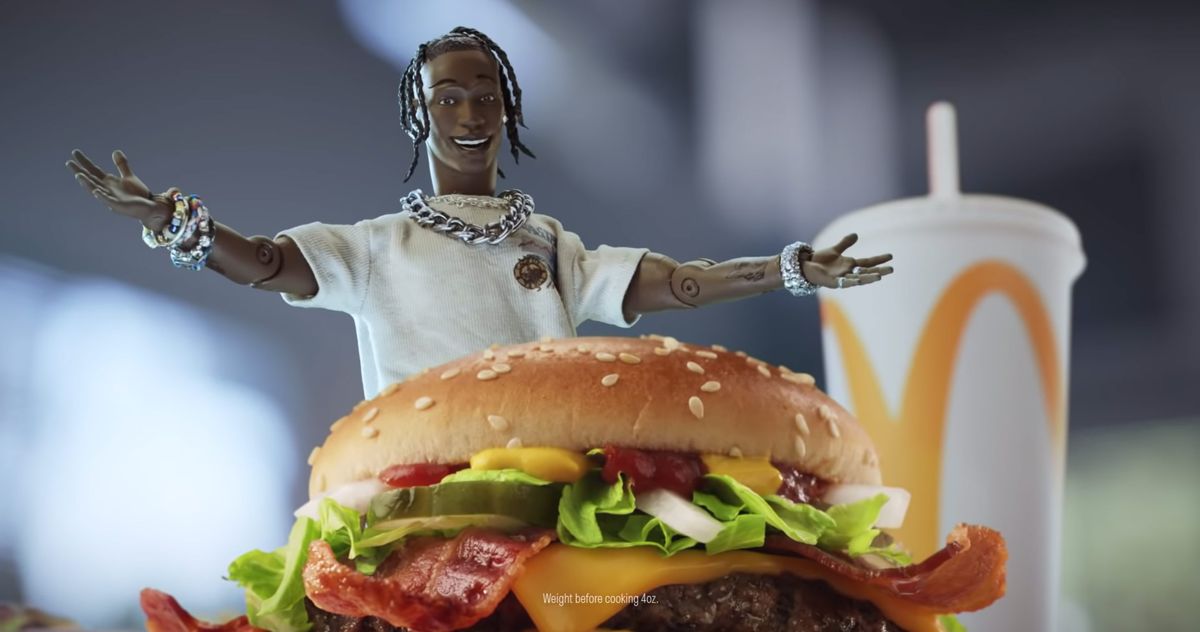↪ Rohan Biju <biju.ro> Nov 14
Dear Professor Reagle,
I hope this email finds you well! Here’s my required reading response for today: https://hackmd.io/@VNSFbBHkS4mR-HHppIp6Sw/HJXOThVlWg
Please let me know if you would like any more information. Any feedback would be greatly appreciated!
Thanks and Regards, Rohan Biju
Online ads & blockers
Adblocker Assignment
Before U-Block Origin Adblocker

After U-Block Origin Adblocker

Reading Response
Advertising is eating itself alive through a bizarre paradox where “the more targetable that an ad medium is, the less it’s worth.” Don Marti makes a counterintuitive argument that targeted ads actually destroy the fundamental value of advertising as a credible signal. Historically, expensive ads worked because they demonstrated a company’s confidence in its product. If you’re willing to spend big money on a glossy magazine ad that everyone sees, you believe in what you’re selling. But targeted ads break this mechanism entirely. Marti shows how advertisers now openly admit, “we’re going to place ads there for a little bit, we’re going to drop cookies, we’re going to figure out who your readers are, we’re going to find out what other websites they go to that are way cheaper than your website, and then we’re gonna pull our ads.” This creates a classic market failure where quality publishers lose revenue to cheap content farms, advertisers waste money on surveillance infrastructure that makes their ads appear less credible, and users respond by ad-blocking. Sven Taylor reveals Adblock Plus charges companies a 30% licensing fee to whitelist their ads, meaning ad blockers are literally getting paid to show certain ads. Finally, Ax Sharma shows malware being distributed through legitimate Google ads for GIMP.
What strikes me is how this connects to the consequences we’re seeing everywhere now. YouTube has shifted to longer unskippable ads and aggressive premium pushing. Netflix and other streaming services are pivoting back to ad-supported tiers after years of claiming ads were obsolete. X’s advertising relationship collapsed entirely when brands realized that the platform couldn’t credibly signal quality anymore. This seems like a tragedy of the commons where the “free” ad-supported internet model is fundamentally unsustainable. Individual companies can’t resist the short-term gains of targeting, but collectively they’re destroying the medium’s value. Maybe advertising only works when it’s expensive and hard to target. This is when companies have to actually commit resources in a way everyone can see, rather than quietly tracking individuals across the web.




 After:
After: 
 After:
After: 
 After:
After: 








